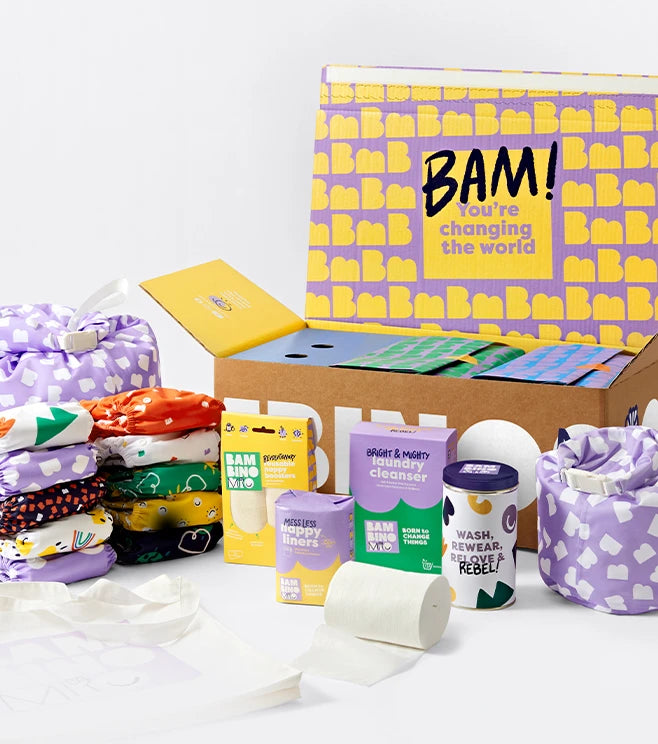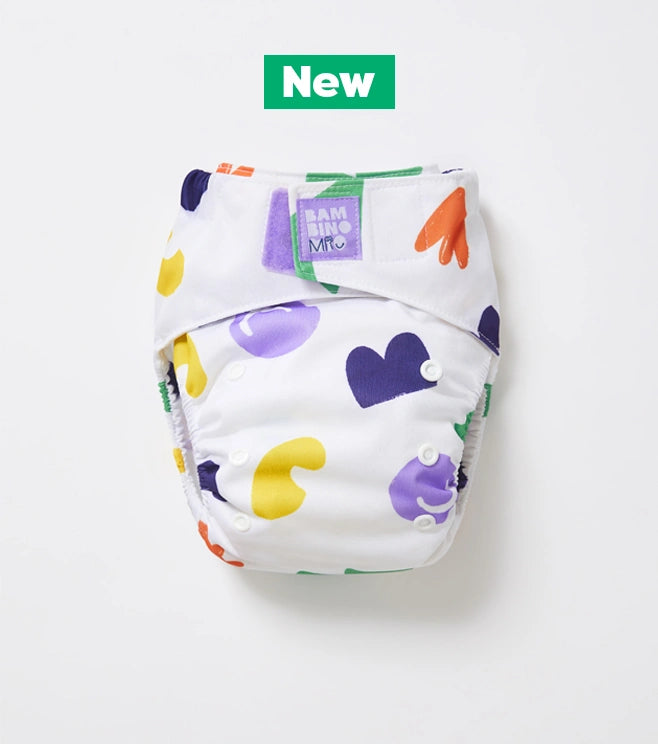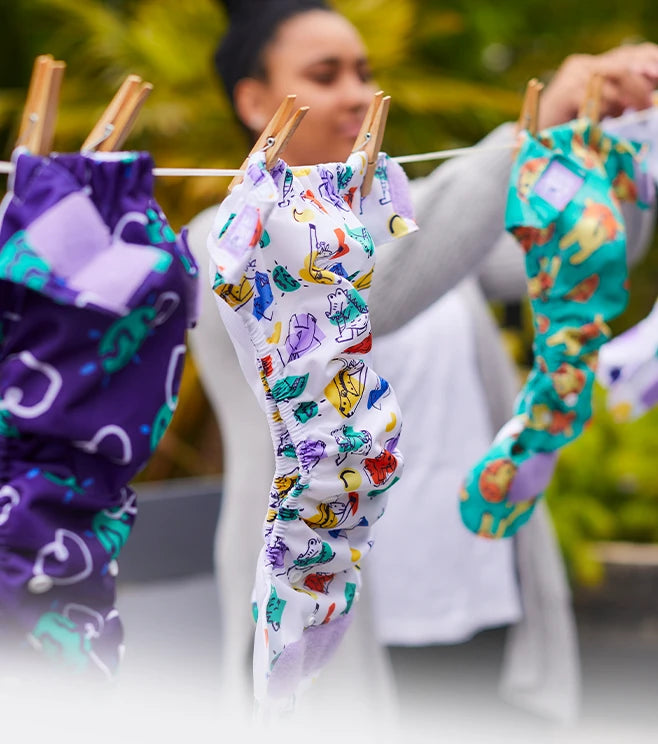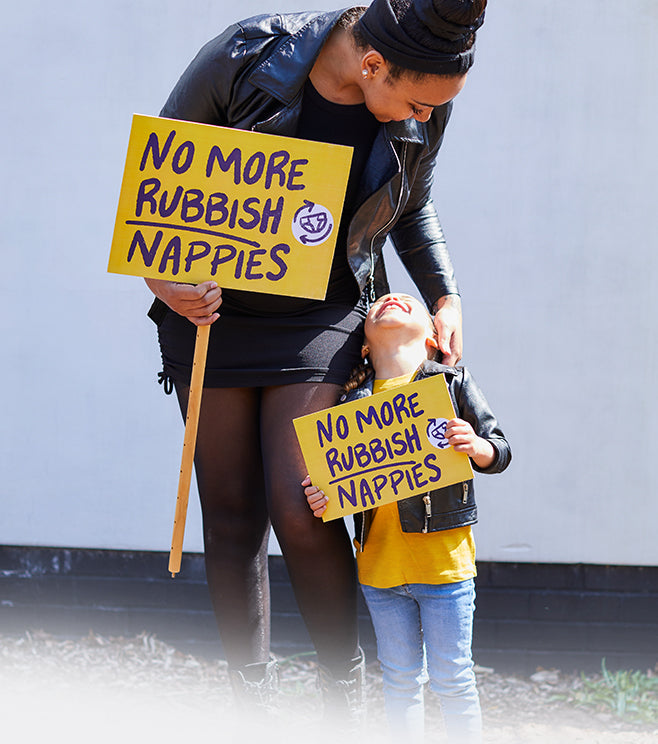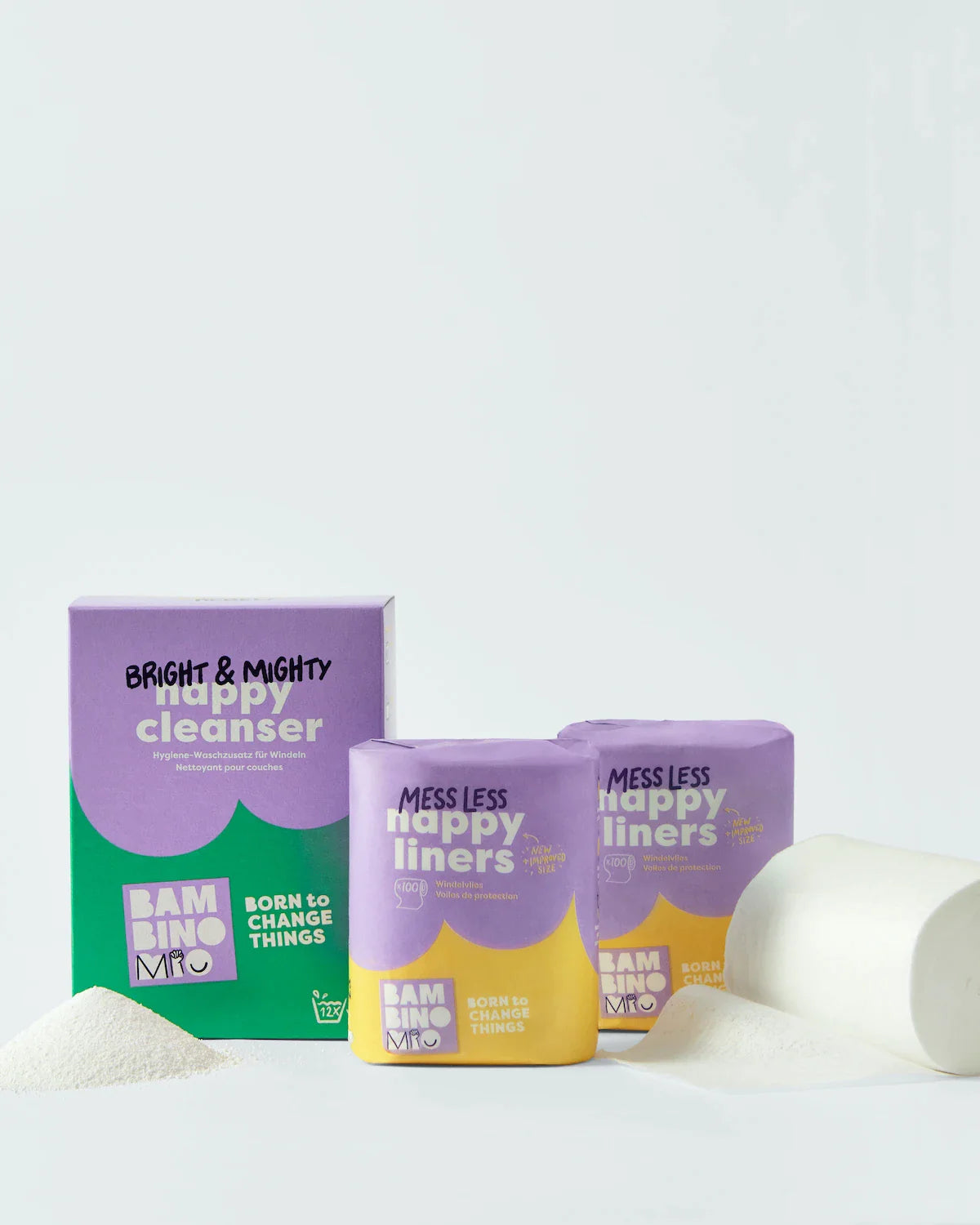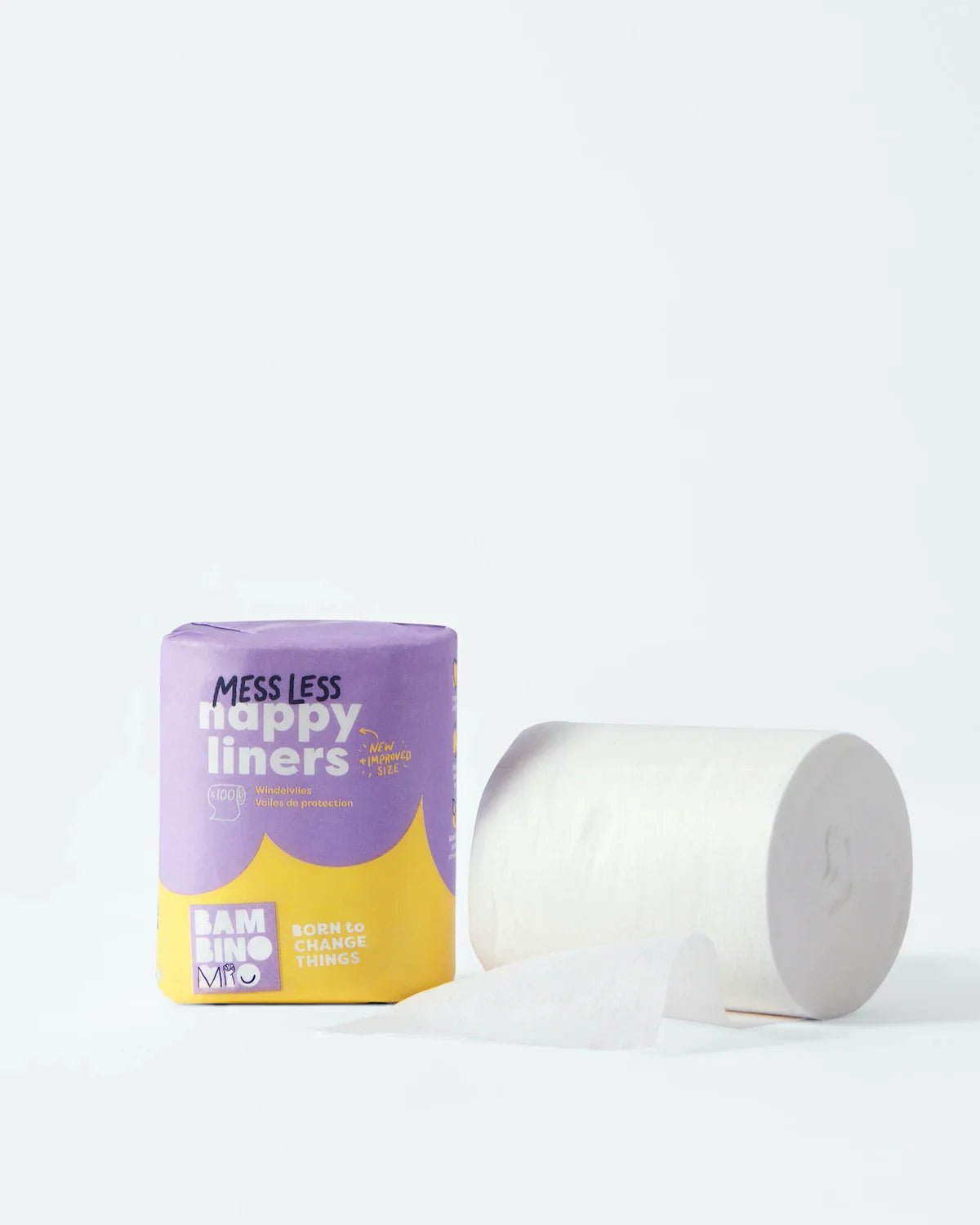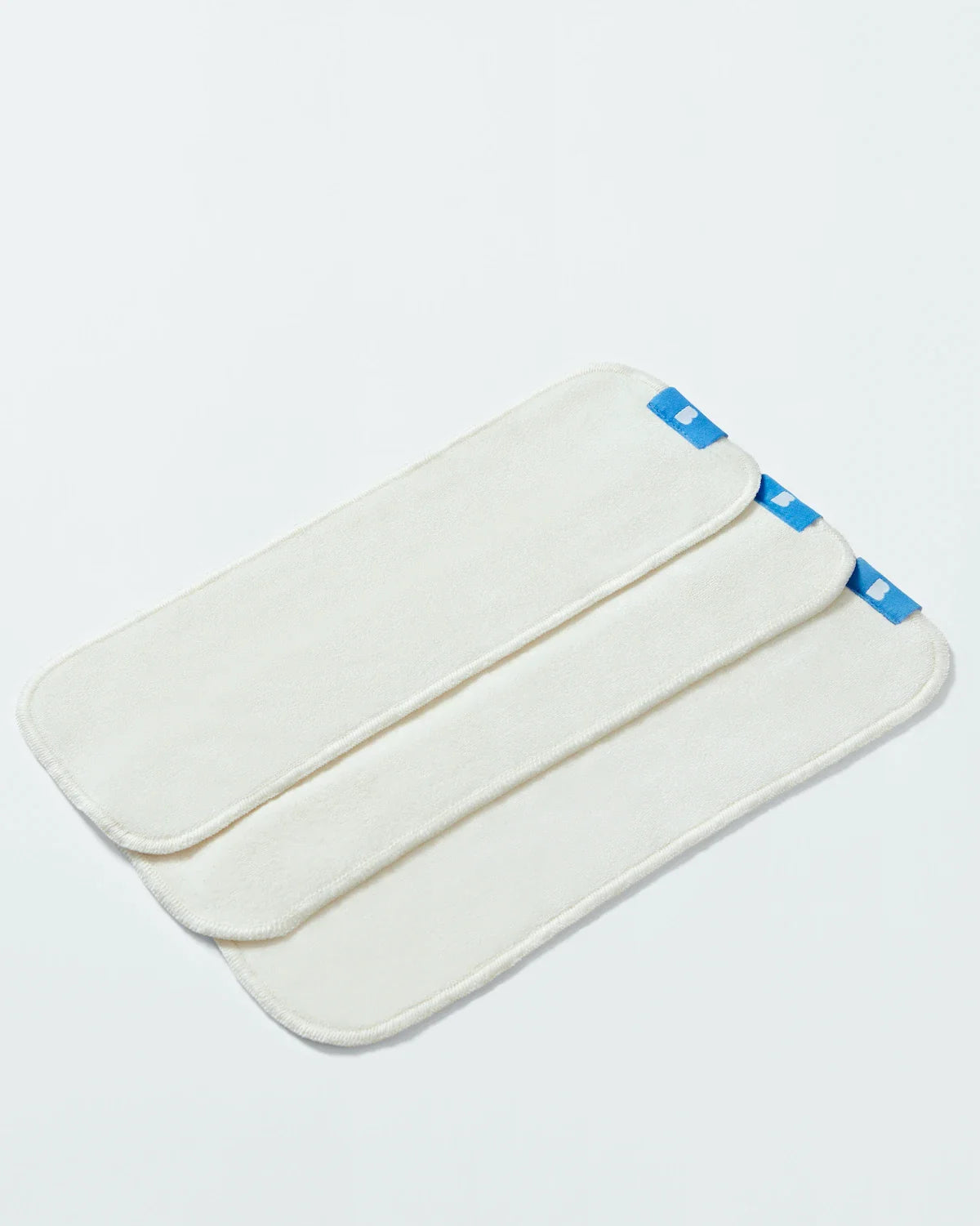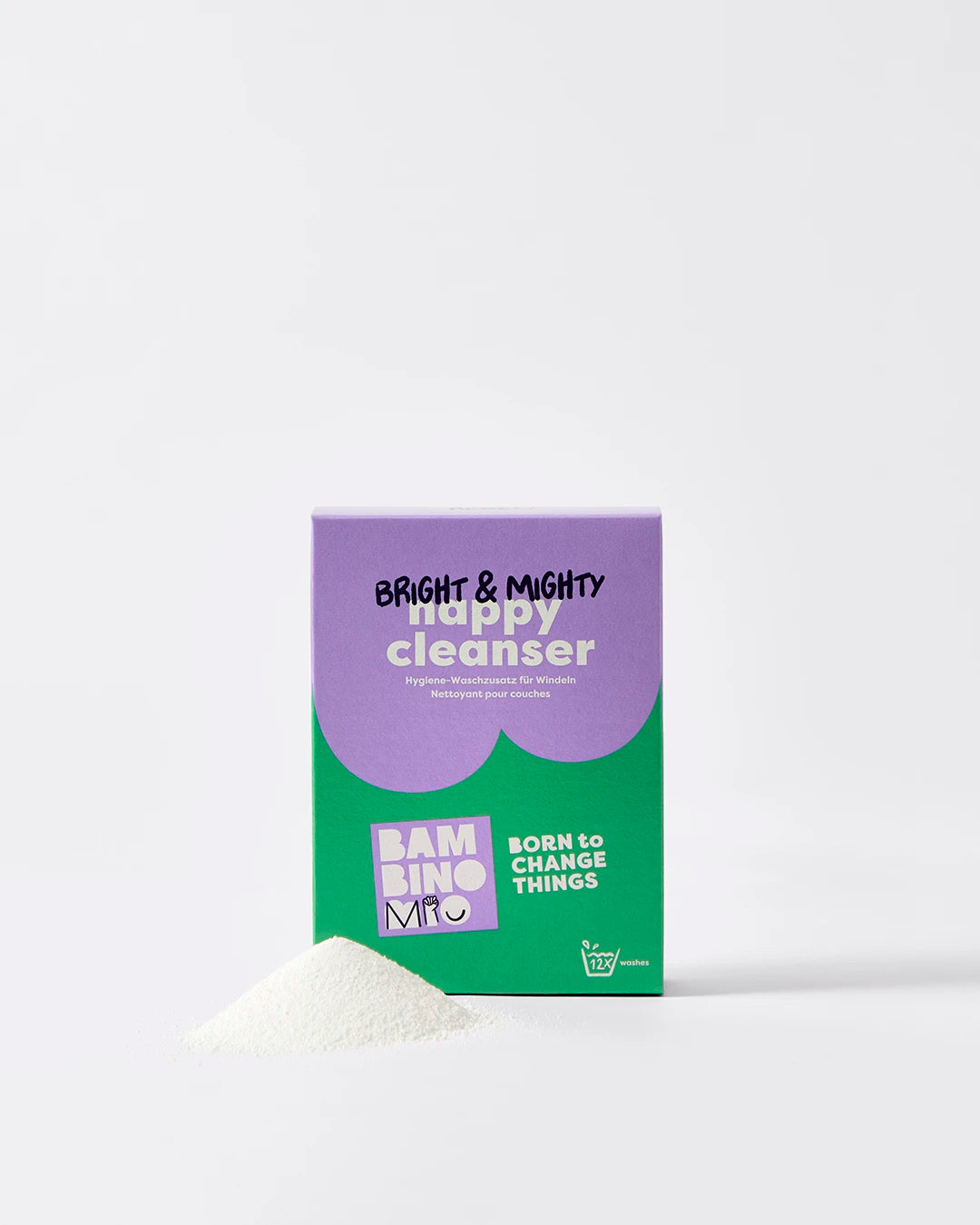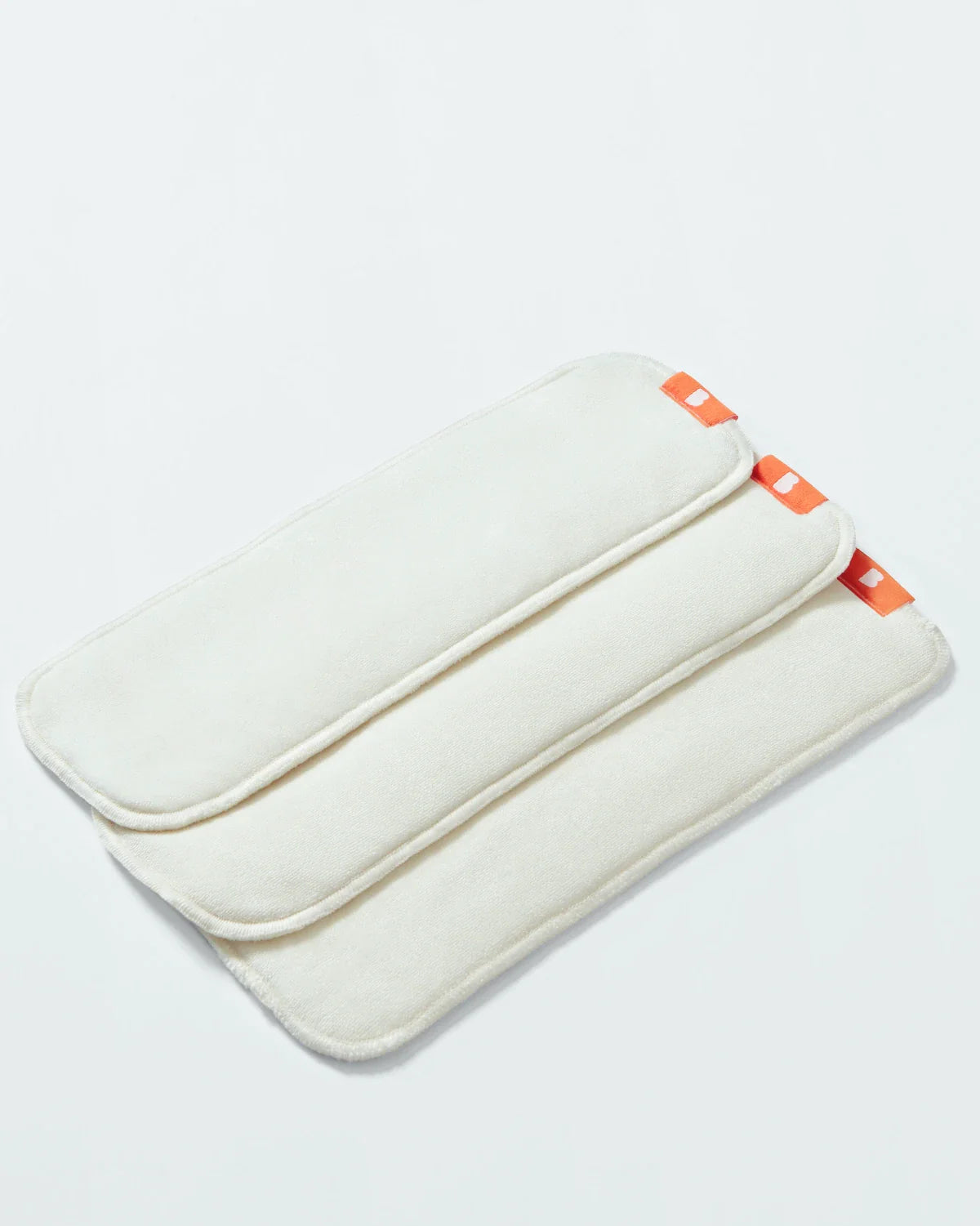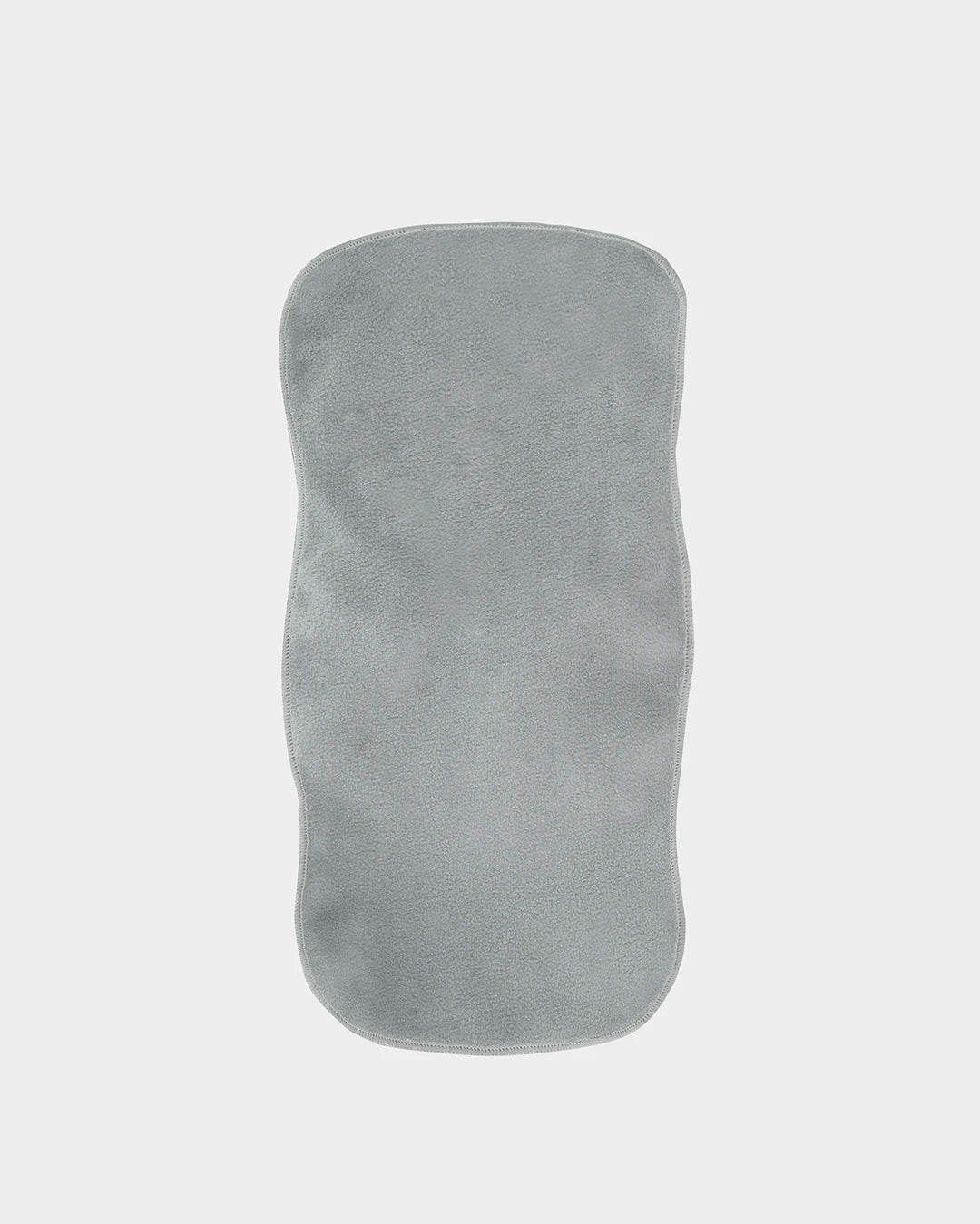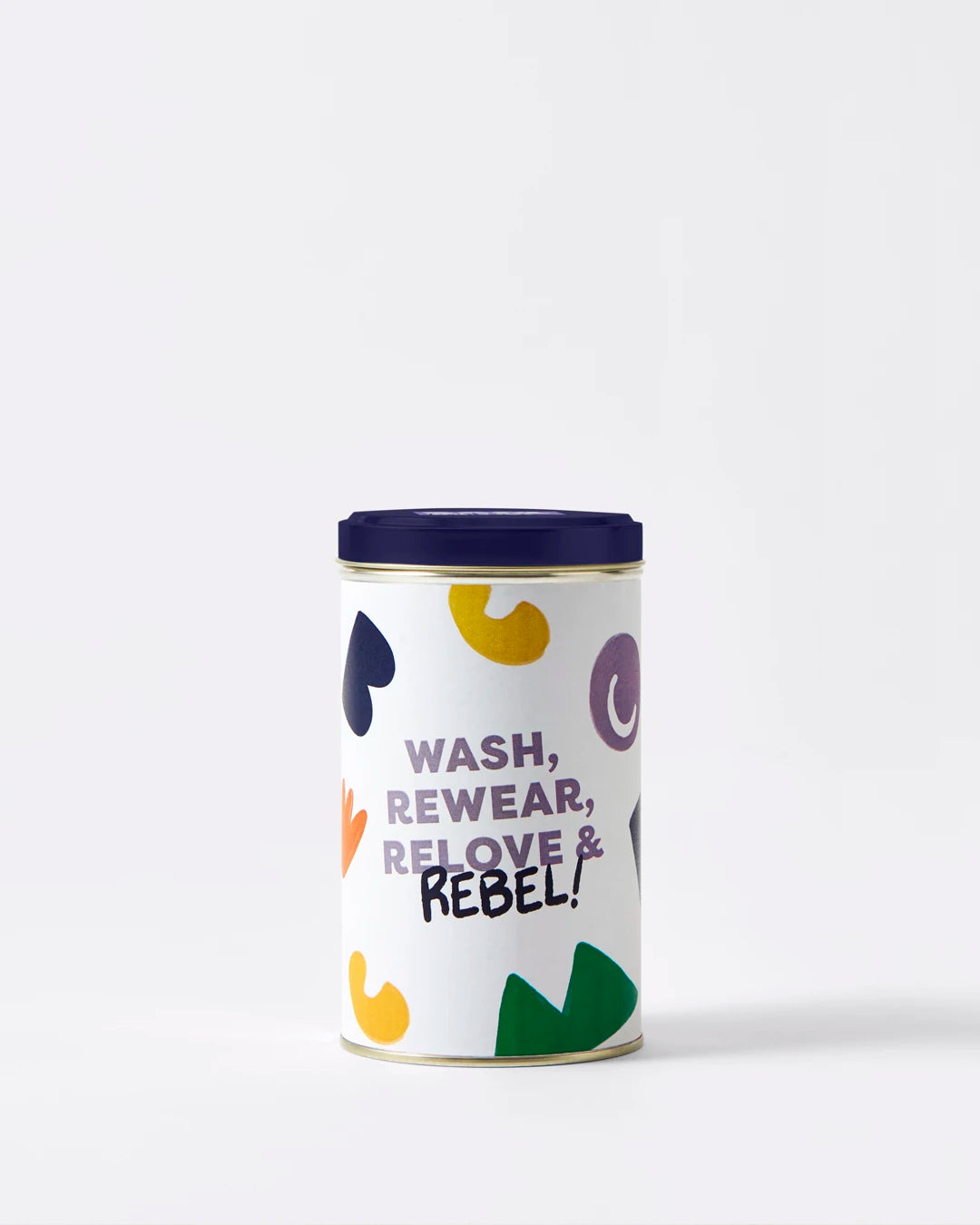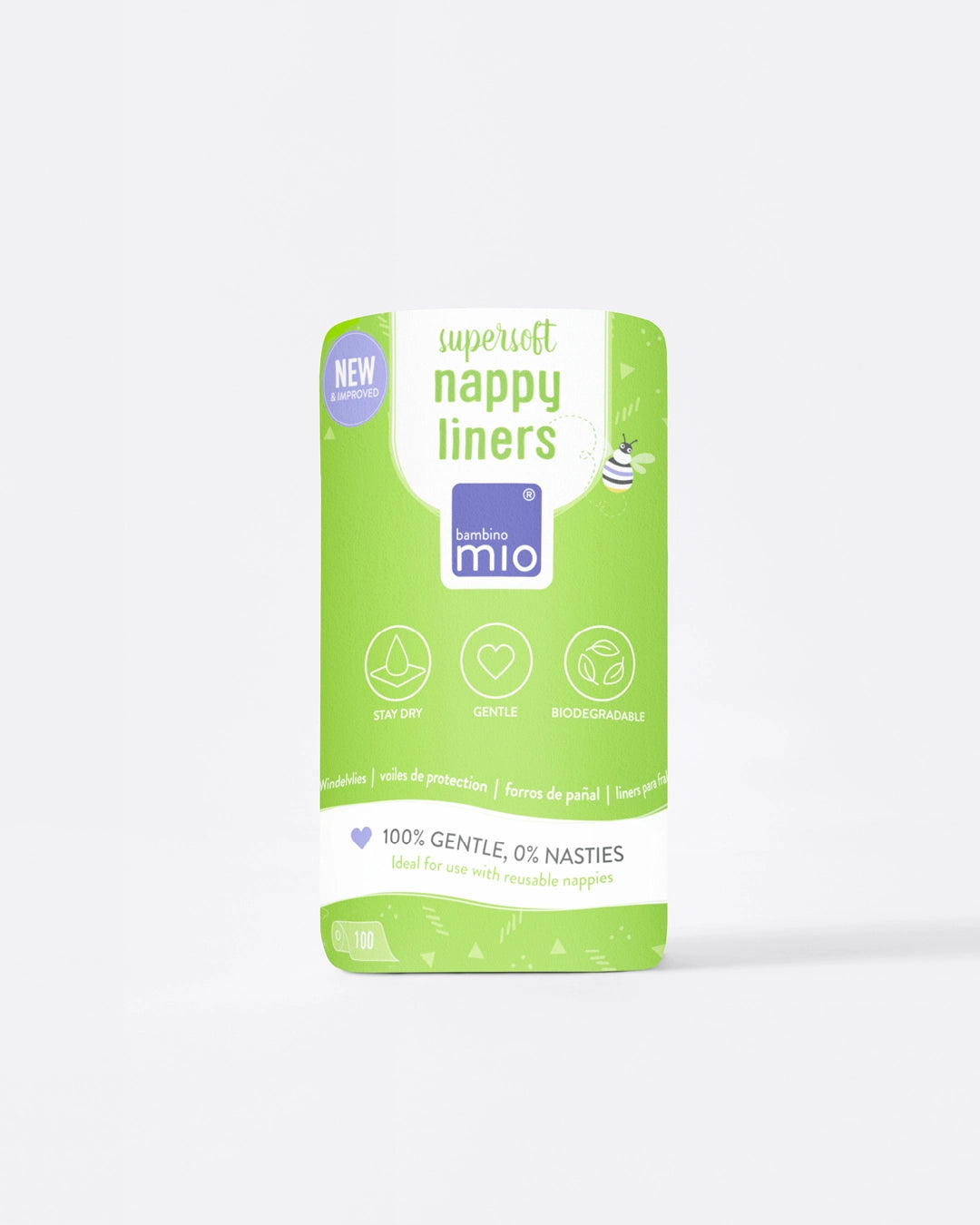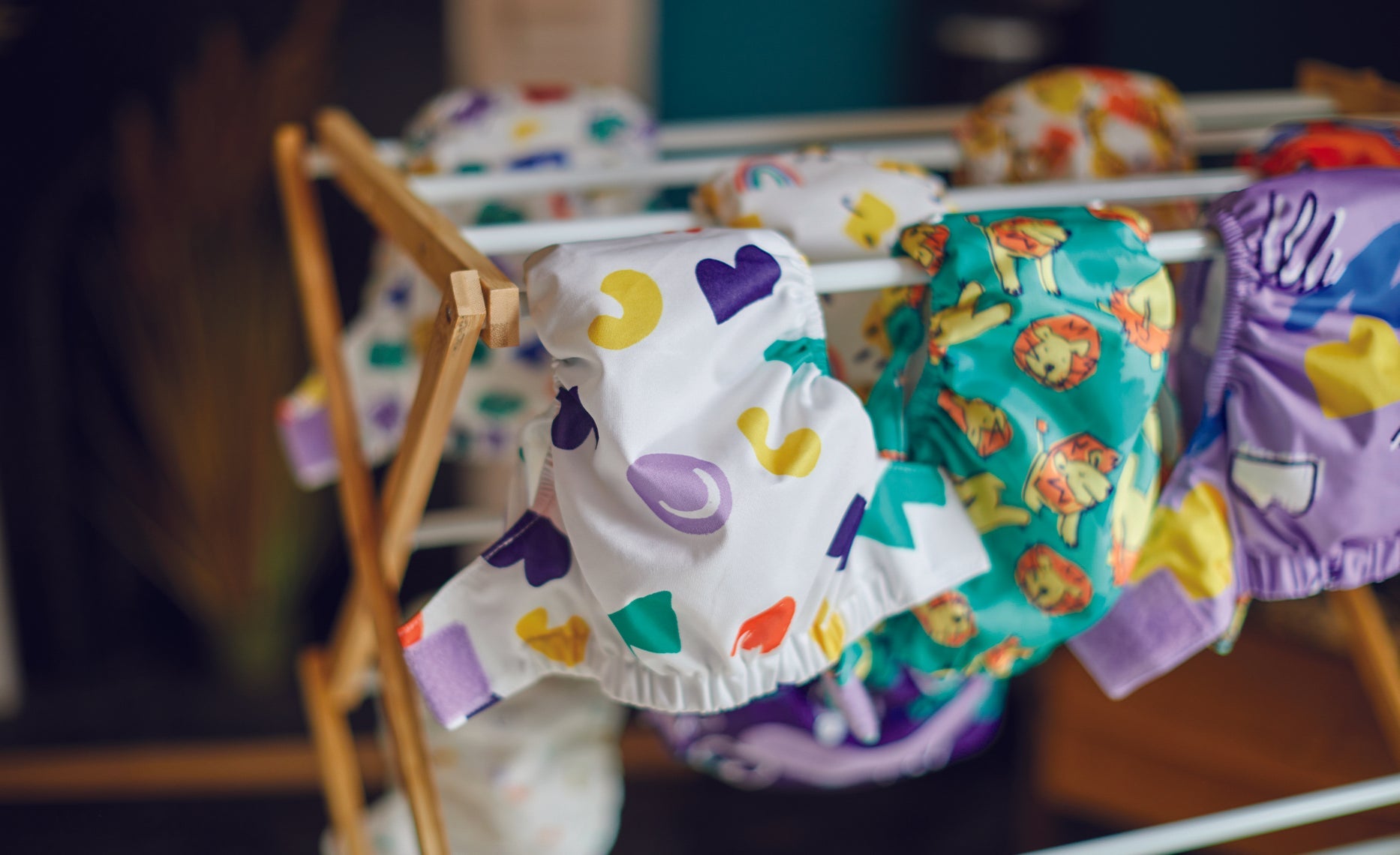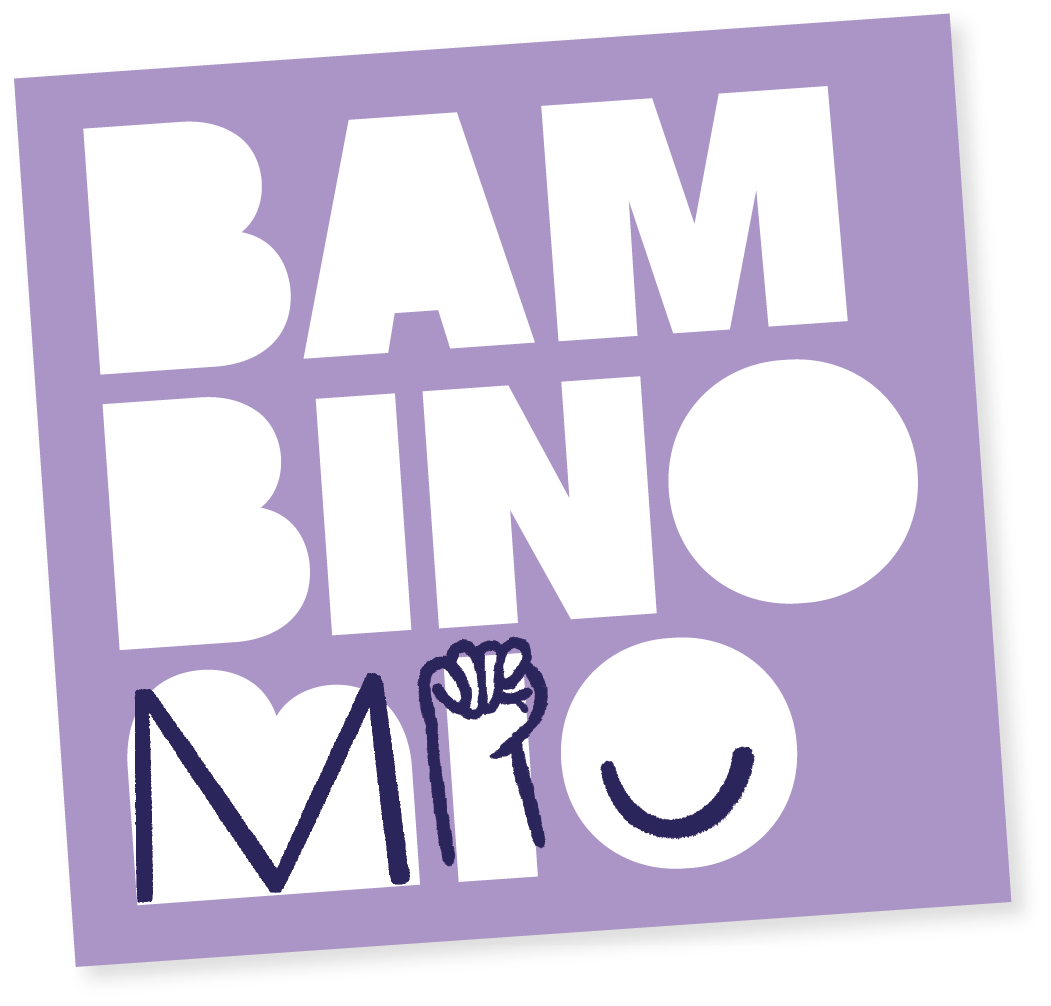The Baby Poo Colour Guide - What Every Parent Needs to Know
Share Options
- Bambino Mio
- FAQs Parent Life
- 11 / 11 / 2024

Inside this Article:
- Day 1-2: black or dark green meconium poo
- Day 3-4: Dark green to lighter green
- Day 5-6: Good morning sunshine!
- A regular pattern of poo
- Nappy colours to keep an eye on
- Here’s what to do when you see some rather more exotic shades at change time
- Whatever the shade, whatever the rhythm, Bambino Mio has got you
- Disclaimer
- Citations and References
Although they are small, their nappies are often mighty…messy. We often refer to poo as the brown stuff but when it comes to babies, they’re not just fond of vivid colours in their nurseries and their toy boxes. Sometimes, you’re smelling the rainbow! Black, green, yellow, orange - you never know what you’ll encounter.
Baby poo changes throughout those early months, and often it’s nothing to be concerned about. One of the benefits of our poo colour guide is that it can offer an insight into your baby’s health and development. Let’s dive in (not literally) into the amazing world of multi-coloured movements.

Day 1-2: black or dark green meconium poo
It can be something of a shock, but that Marmite-like tarry sludge in your baby’s first few nappies is perfectly normal. What you’re using several reusable wipes to remove from your baby’s bum is meconium(1).
Meconium is your baby’s first few poos and it’s composed of all the amniotic fluid, blood cells, skin cells and anything else that they swallowed during their time on the inside. It builds up in their gut over the last few months of gestation and once they start drinking milk, things get moving!
As it’s so dark, so if you’re using reusable nappies, it’s a good idea to use nappy liners during these first few days to help to keep yournappies whiter for longer. It also makes the clean up a bit easier.
Day 3-4: Dark green to lighter green
After the first two or three Marmite-style black stools, you’ll notice a change in the colour and texture on days two and three as all that lovely milk starts flushing the meconium out of your baby's digestive tract. You might see some green hues here and there but at this stage it’s nothing to worry about - it’s just the meconium becoming more dilute.
As long as your baby is producing regular wet nappies(2) and at least a couple of pooey nappies every 24 hours, it’s all good. Wet nappies mean your baby is well hydrated and a few poos means that they’re getting enough to eat.
Day 5-6: Good morning sunshine!
By day five or so all of the meconium should have made its exit and you’ll notice your baby’s poo is a lovely (ahem) yellow colour. Some babies’ poo at this stage starts to smell of yoghurt or even plain biscuits and you might even mistake it for korma (please don’t!).
If you’re breastfeeding your baby then their poo will lean towards yellow and won’t smell much. If you’re formula feeding or mixing breast and bottle, expect slightly browner poos.
A regular pattern of poo
During the first few weeks of their life, your baby’s bowel habits will stabilise, both in terms of regularity and also colour. Of course, babies are unpredictable so as soon as you think you’ve sussed them out they’ll do something to surprise you, but in general they’ll follow the same pattern. Ish…
For breastfed babies, this will mean korma or mustard yellow poos at intervals of anything from a few hours to a few days. It's not unheard of for a breast-fed baby to go a week without pooing - just be ready for it when it finally happens… Mixed and formula-fed babies tend to produce browner poos - often a light tan hue - once a day or so.
As long as your baby is pooing to a schedule most of the time and is maintaining a fairly consistent colour, then all’s well. There’ll be changes of shade and timetabling, but if it’s not drastic, don’t sweat it.
Nappy colours to keep an eye on
Every now and then you might find something out of the ordinary in your baby’s nappy. You might worry for a moment or two, but do you need to?
Here’s what to do when you see some rather more exotic shades at change time
Red streaks or flecks might be small amounts of blood but this can sometimes be caused by excessive straining, which can rupture tiny blood vessels. You should always call your GP if you notice this, to set your mind at ease or to arrange a consultation.
If your baby’s a bit older and has started weaning, then the redness might be from their new solid foods. Think back to what they’ve been eating - pumpkins, strawberries, red apples or other dark-red foods, for example - they can all pass through relatively undigested and look quite alarming.
Another cause of blood in nappies can be the mini period baby girls often have in the first few days of life, which is caused by your hormones wearing off in their body(3). If you are still worried, or the blood is unexpected or if it happens more than once, call your GP.
Green baby poo often spells trouble
If your baby has been unwell - anything from a cold to a tummy bug to teething - then they might produce loose greenish poo. It might even appear foamy and while this looks quite shocking, it’s mostly caused by the immune compounds your baby is using to fight the bugs. Green poo can also be the result of a sudden enthusiasm for green foods such as broccoli or kiwi fruits.
If you already know that your baby has been under the weather then you might not be too surprised, but if it comes out of the blue then it might be a sign that they’re not taking in enough milk. If you think this might be the case then call your GP or health visitor. to make sure your baby isn't at risk of dehydration.
White or grey poo
The brownish colour of poo comes from the pigment bilirubin(4), which is produced by the liver. If your baby is suddenly doing grey or pale poos they may be having digestive problems and you should see your GP as soon as possible, especially if the poo has a chalky consistency.
Alternatively, if your older baby has suddenly discovered a passion for blueberries or similar, this can make their poo seem greyish-blue, so do think back to their last few meals before grabbing your phone.
Whatever the shade, whatever the rhythm, Bambino Mio has got you
Your baby might throw you some real curveballs in the nappy department, but armed with your reusable baby wipes, your cloth nappies, your laundry kit and our know-how, you and your baby can face the world with a smile and a clean bum.
Disclaimer
While we’re experts when it comes to reusable nappies, we’re not medical professionals so if you’re worried about your baby in any way, get in touch with your GP or call 111 for medical advice.
Citations and References
1. Cleveland Clinic. ‘Body Systems and Organs. Meconium.’ 2022. Web. my.clevelandclinic.org/health/body/24102-meconium
2. Healthline. ‘Is Your Baby Getting Enough Milk? Check Their Wet Diapers.’ 2020. Web. www.healthline.com/health/wet-diaper#how-many-diapers
3. National Health Service (NHS). ‘After the Birth. Your Newborn Baby.’ 2024. Web. www.nhs.uk/pregnancy/labour-and-birth/after-the-birth/getting-to-know-your-newborn
4. Cleveland Clinic. Health Library. “Bilirubin Test.” 2023. Web. https://my.clevelandclinic.org/health/diagnostics/17845-bilirubin


